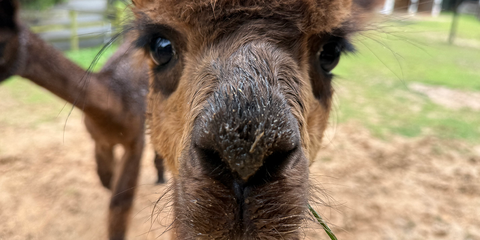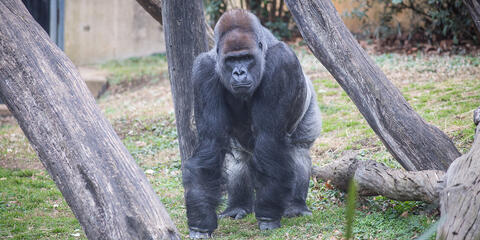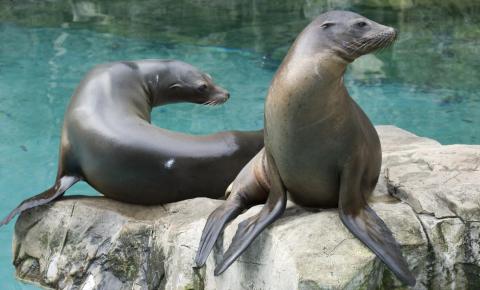Physical Description
Their fur ranges in color from brownish-yellow to black, and they sport white highlights in their quills.
The porcupine's most famous feature—the quill—is hollow, 2 to 3 inches (5 to 7 centimeters) in length, and lightly attached to the porcupine's skin. Porcupines are covered in about 30,000 quills. Quills are not thrown or shot, as popularly conceived. Because quills are so lightly attached, they come off easily when a predator encounters them. When the quills enter the skin of a predator, they work their way further into the skin at a rate of 1 mm an hour. Porcupines are more likely to flee predators, but if cornered, it will erect its quills, turn its back to the attacker and lash its barbed tail.
While porcupines spend most of the time on the ground, they are good climbers and regularly climb trees in search of food (and occasionally are found to build nests in trees.) They are also good swimmers.
Size
The North American porcupine is one of the largest rodents found in North America, coming second to the North America beaver. They weigh around 20 pounds (9 kilograms) and are 2 to 3 feet (60 to 90 centimeters) in length.
Native Habitat
North American porcupines are native to the coniferous and mixed-forest habitats of Canada, the northeastern and western regions of the United States and northern Mexico. Besides forests, porcupines can also be found in grasslands, desert shrub communities and even tundra.
Lifespan
In the wild, they are known to live as long as 18 years.
Food/Eating Habits
Porcupines are generalists, eating a wide range of plant material. Their diet changes seasonally. In the winter, they primarily eat evergreen needles and the inner bark of trees, often feeding heavily on a single tree causing damage or death to the tree. In the spring and summer, porcupines shift to eating berries, seeds, grasses, leaves, roots and stems.
At the Smithsonian's National Zoo, the porcupines eat herbivore pellets and a variety of fruits, vegetables and greens. Their favorite food item is corn on the cob. They also get browse several days a week and chew on the tree bark in their exhibit.
Reproduction and Development
Breeding season is fall and early winter. They conduct an elaborate courtship involving extensive vocalizations, a courtship dance, and the male usually showers the female with urine before mating. Gestation lasts 205 to 217 days. Young (called porcupettes) are born in the spring/early summer. There is generally one porcupette per litter—twins are rare.
Conservation Efforts
While not threatened, hunting by humans has caused populations to decline. Porcupines are targeted by the timber and agriculture industry due to certain destructive behaviors.
Help this Species
- Are you a hunter? You can be an incredible ally for conservation! Check the conservation status of the animals you hunt and use methods that don’t impact other animals.
- Share the story of this animal with others. Simply raising awareness about this species can contribute to its overall protection.
- Less is more. Cut down on the demand for resources by consuming less. Buy only what you need, and look for pre-owned or repurposed items before purchasing something brand new.
Meet the Animals
The Zoo is home to a male porcupine, named Jeffrey, and a female named Khaleesi.
Animal News

Zoo Welcomes Alpacas ‘Rainstorm’ and ‘Coffee Cup’


